There is a certain connotation associated with the term “walk-on.” Oftentimes, they are thought of as practice players, benchwarmers or backups. However, whether they are recruited out of high school, or join the team officially through a tryout, walk-ons are full members of their respective teams and, in large part, the backbone of some college sports. As non-scholarship athletes, walk-ons are different from the majority of their teammates—many of whom are on partial or full athletic scholarships.
There are National Collegiate Athletic Association (NCAA) regulations guiding which sports can hand out full scholarships, and in certain sports stipulating how the allotment of “full ride scholarships” must be split up.
David Whyte, the assistant athletic director for Compliance and Student Athlete Services at Seattle University, shared how school administration operates under the same set of NCAA guidelines as all other Division I schools.
“For women’s basketball, men’s basketball and volleyball, everyone on the roster who is not a walk-on is a full scholarship athlete,” Whyte said.
But this is not the case for every team.
“Baseball has 11.7 full ride scholarships they can give out, but they must break that up among 27 athletes, with the remaining eight on the roster of 35 considered walk-ons,” Whyte said.
Once committing, walk-ons aren’t guaranteed any playing time, but they are offered a spot on the roster.
For those with hopes of potentially joining one of Seattle U’s Division I athletic teams post-enrollment, there are opportunities there too. Those spots can be elusive though.
“Teams can have tryouts if they want to and if they need more walk-ons,” Whyte said. “But for the most part, there are mostly preferred walk-ons at Seattle U.”
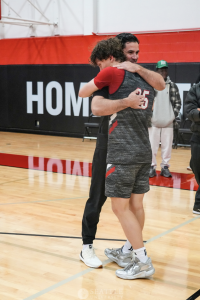
Preferred walk-ons are athletes who were offered to join the team out of high school, as compared to going through a formal tryout. Matt Levis, a computer science major and junior guard for the Seattle U Men’s Basketball team, was one of those preferred walk-ons. But, just a few weeks ago, Levis achieved the ultimate goal of any walk-on and earned himself a full ride scholarship after three years of hard work and unconditional commitment. Levis appeared in a career-high 22 games last season, becoming a mainstay in the team’s rotation.
Coming out of high school, Levis had no offers to play college basketball until Seattle U called him at the end of the summer, offering a preferred walk-on spot. Levis had something to prove from the start.
“Getting used to college athletics itself was weird to me,” Levis said. “But on top of that, having that label of a walk-on made me different from the rest of the guys.”
After finally achieving his dream of playing college basketball, Levis described a conversation with Head Coach Chris Victor.
“He asked me, ‘Are you satisfied with just being part of the team, or do you want something more?’ And to that I said, ‘No I’m not satisfied,’ and I set myself the goal of earning a scholarship… [I] didn’t want to be labeled as ‘that walk-on’ anymore,” Levis said.
He was immediately welcomed to the team by the other players, but still had an internal drive to prove to himself he belonged on the court as much as anyone else.
Levis’ story is a heartwarming one, and as he described it, “one of the top three moments of [his] life,” upon the announcement of his scholarship during a team meeting after practice. However, not every walk-on gets the scholarship they dream of, and not everyone who dreams of walking on gets that chance.
Amsalu Schmidt, a third-year business administration major and manager of the men’s basketball team, has been interested in walking on ever since his senior year of high school.
But as mentioned by Whyte previously, tryouts are a rare occurrence at Seattle U—even for Schmidt, who has been a manager since his freshman year.
“I talked to them at the very beginning,” Schmidt said. “They weren’t going to hold tryouts, and if they did, they would be very discreet.”
The men’s basketball team has not held tryouts since Schmidt has been at Seattle U, but he is hopeful for this year.
“Communication has been very slow, in terms of when the tryouts might be and what might be involved, but they have told me they will be having them this year,” Schmidt said.
With no official date or time for a tryout as of yet, Schmidt’s story of trying to walk on post-enrollment is not uncommon.
Based on necessity, NCAA guidelines and funding, collegiate athletics are both complicated and extremely competitive. If you go to watch a game, meet, or event this year, be sure to remember the walk-ons who dedicate their time and abilities to their sport without a scholarship.






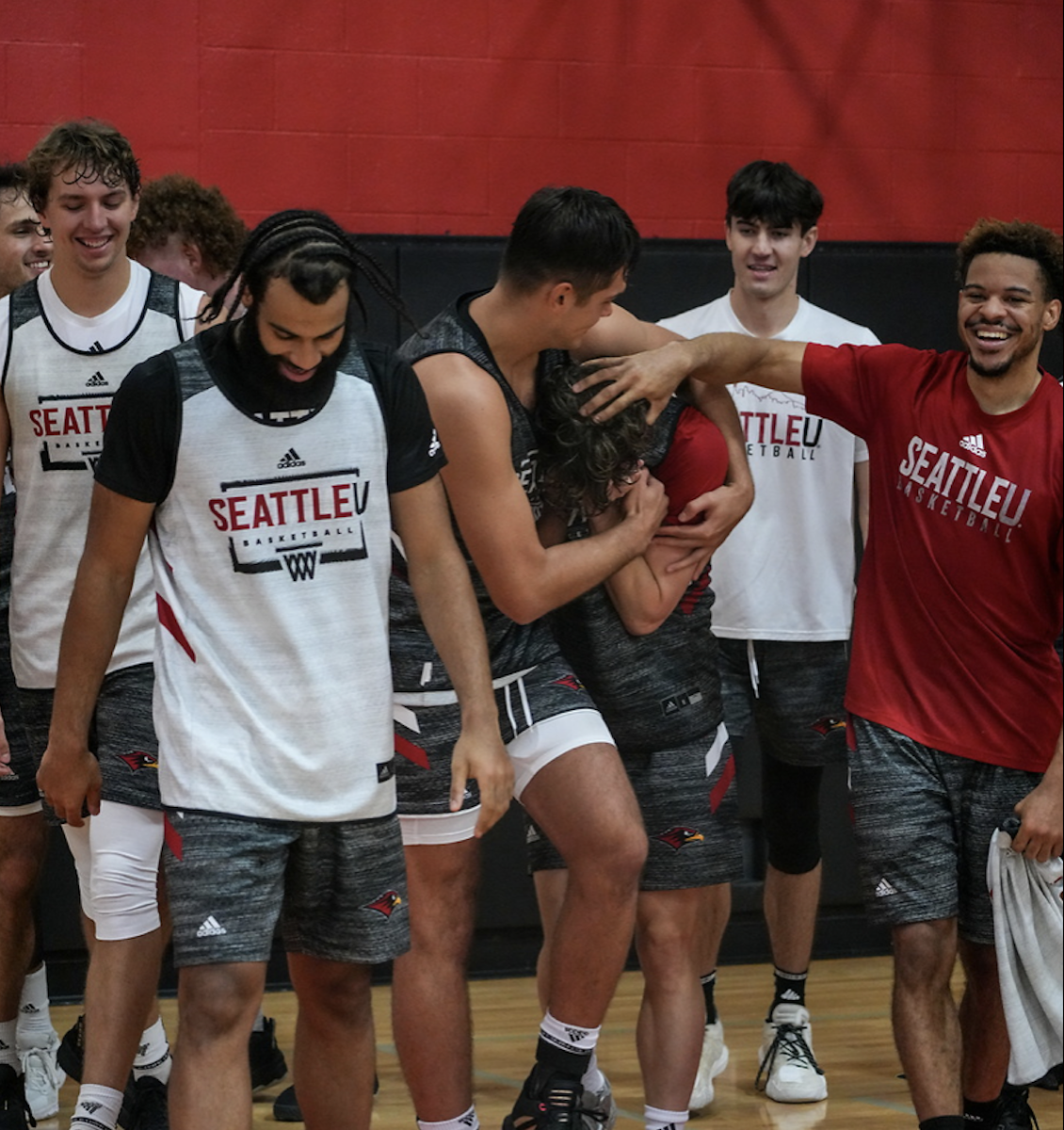
![Josh Gibson Supplants Ty Cobb, Babe Ruth, as Baseball’s Best Hitter [OPINION]](https://seattlespectator.com/wp-content/uploads/2024/05/gettyimages-72075891-1200x675.jpg)
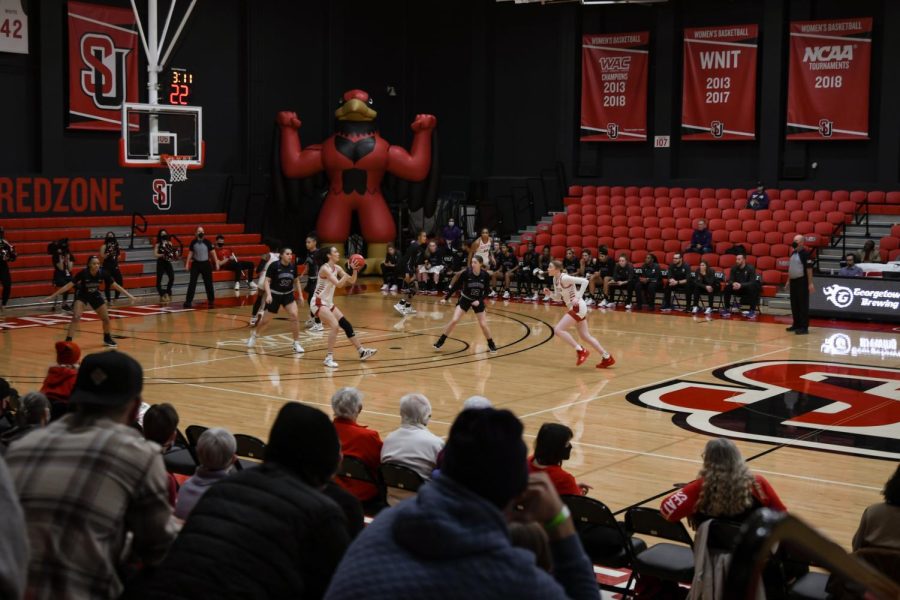
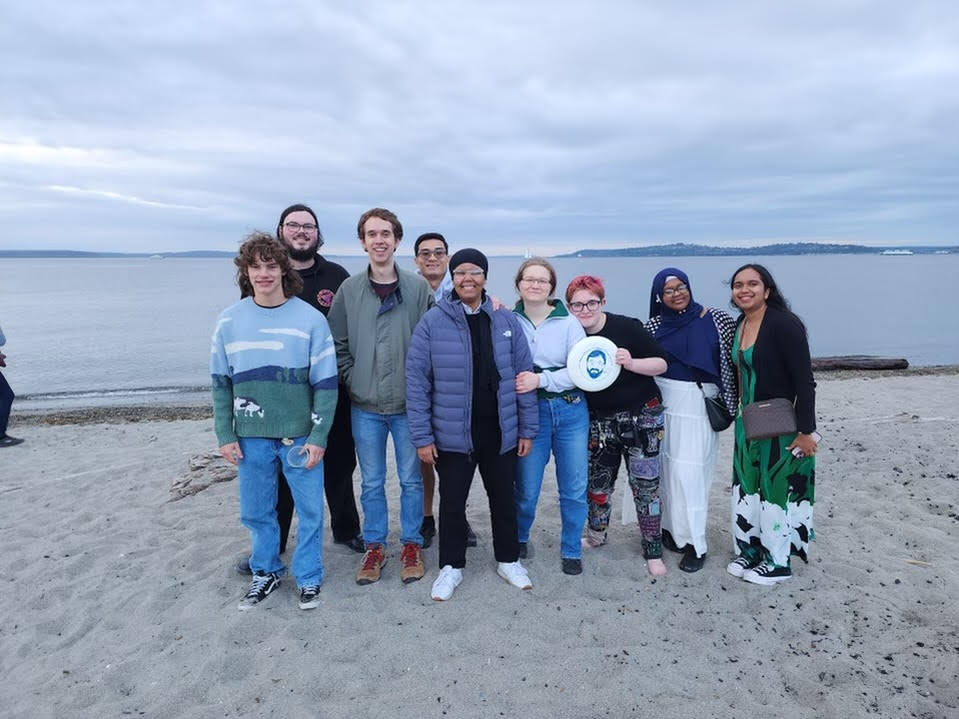
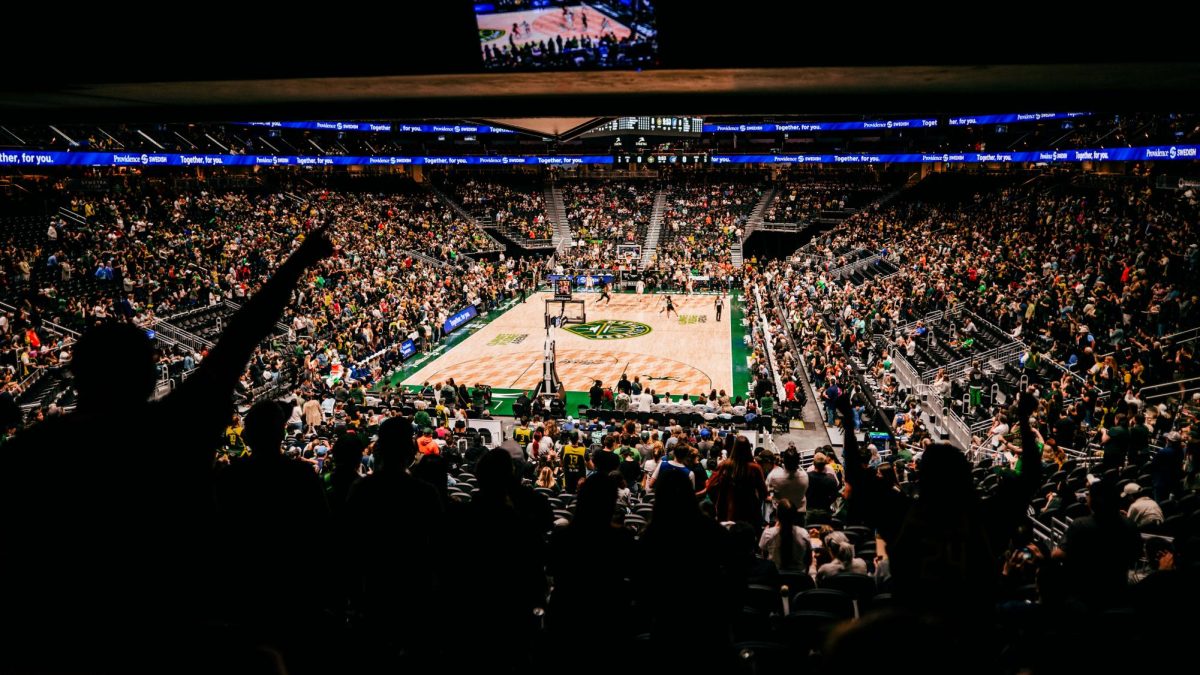
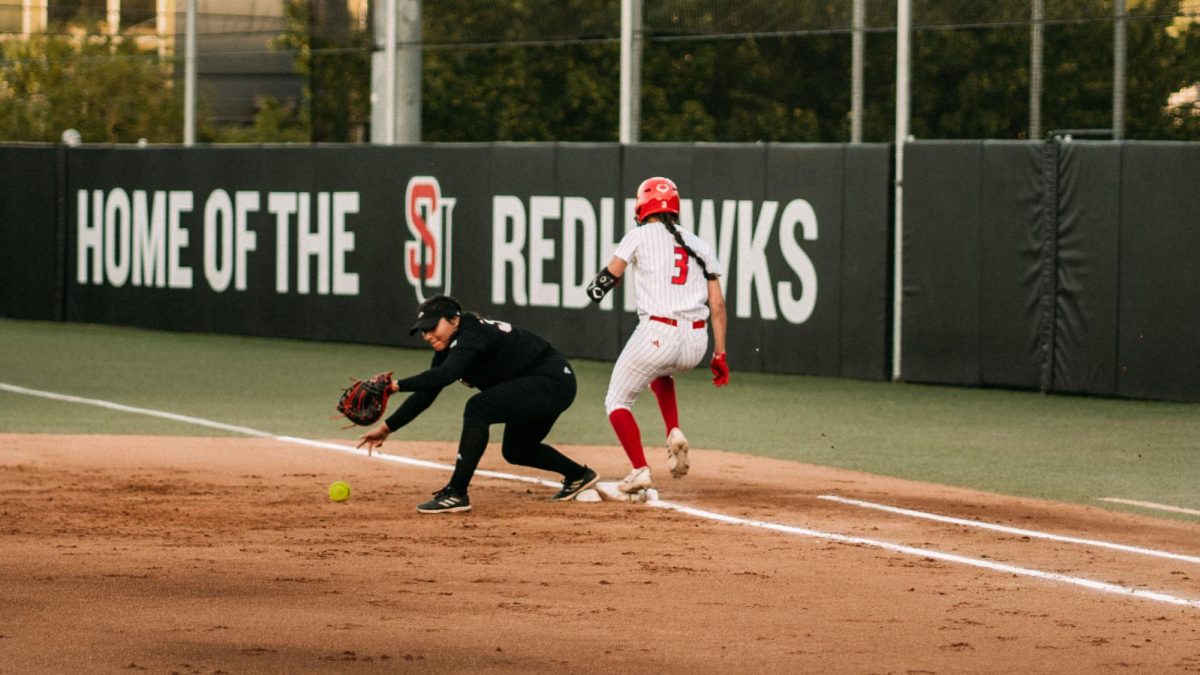
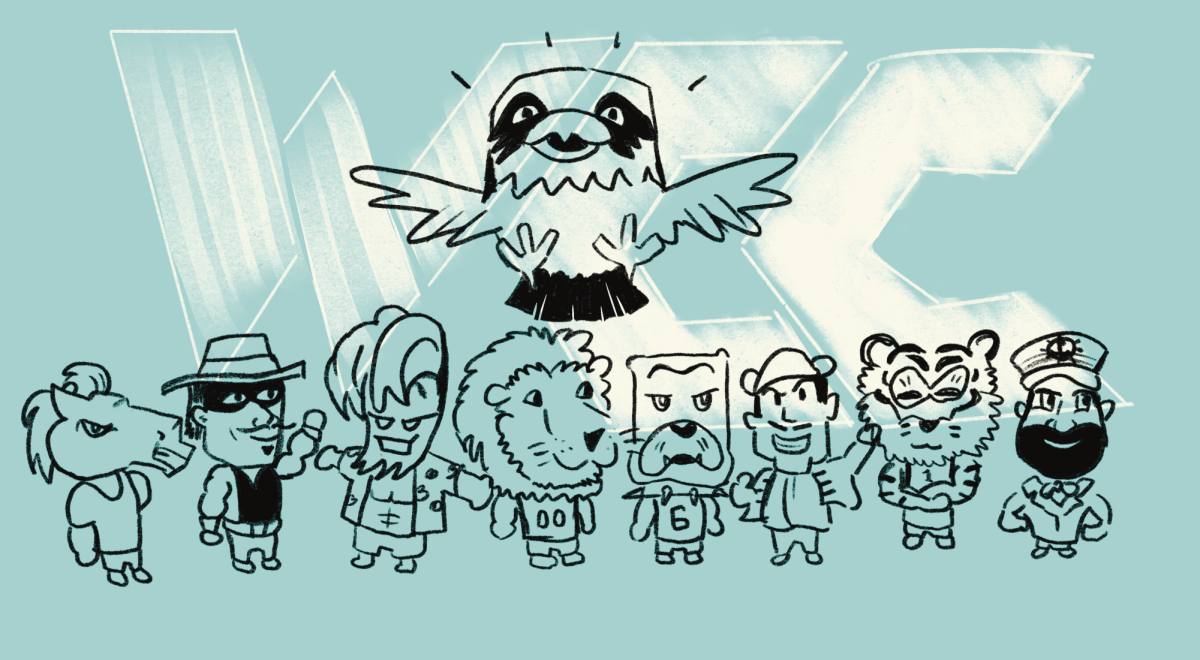
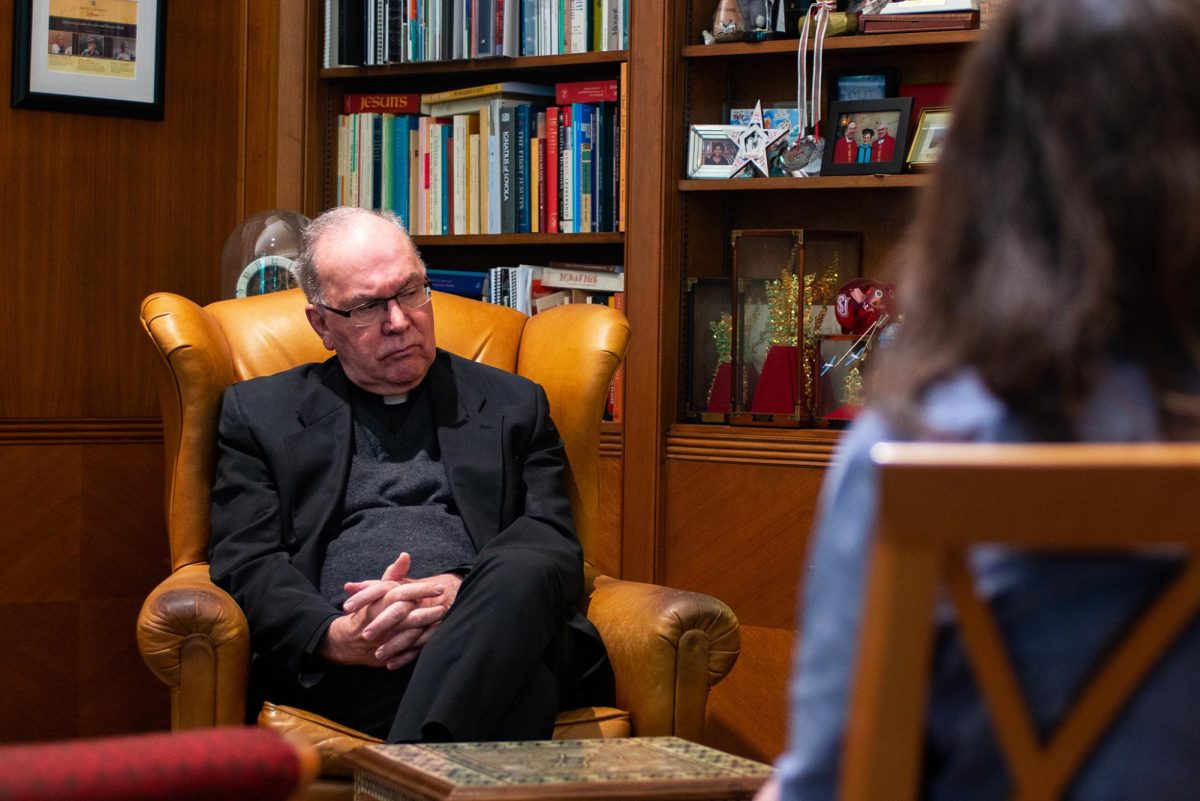

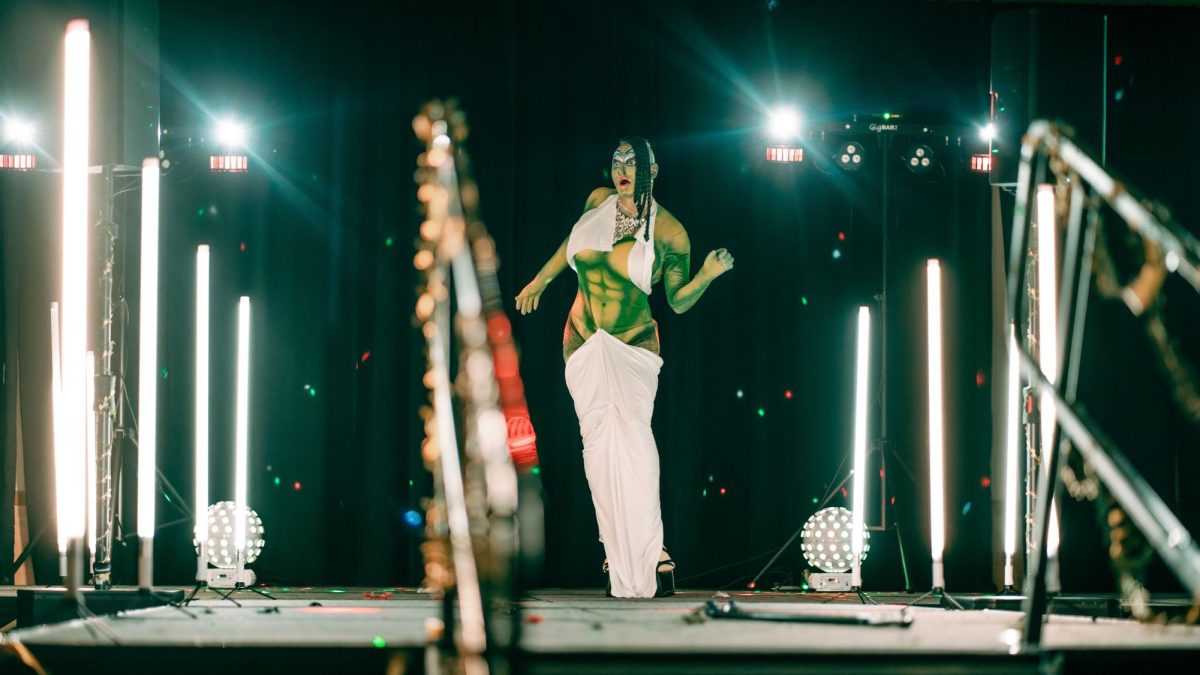
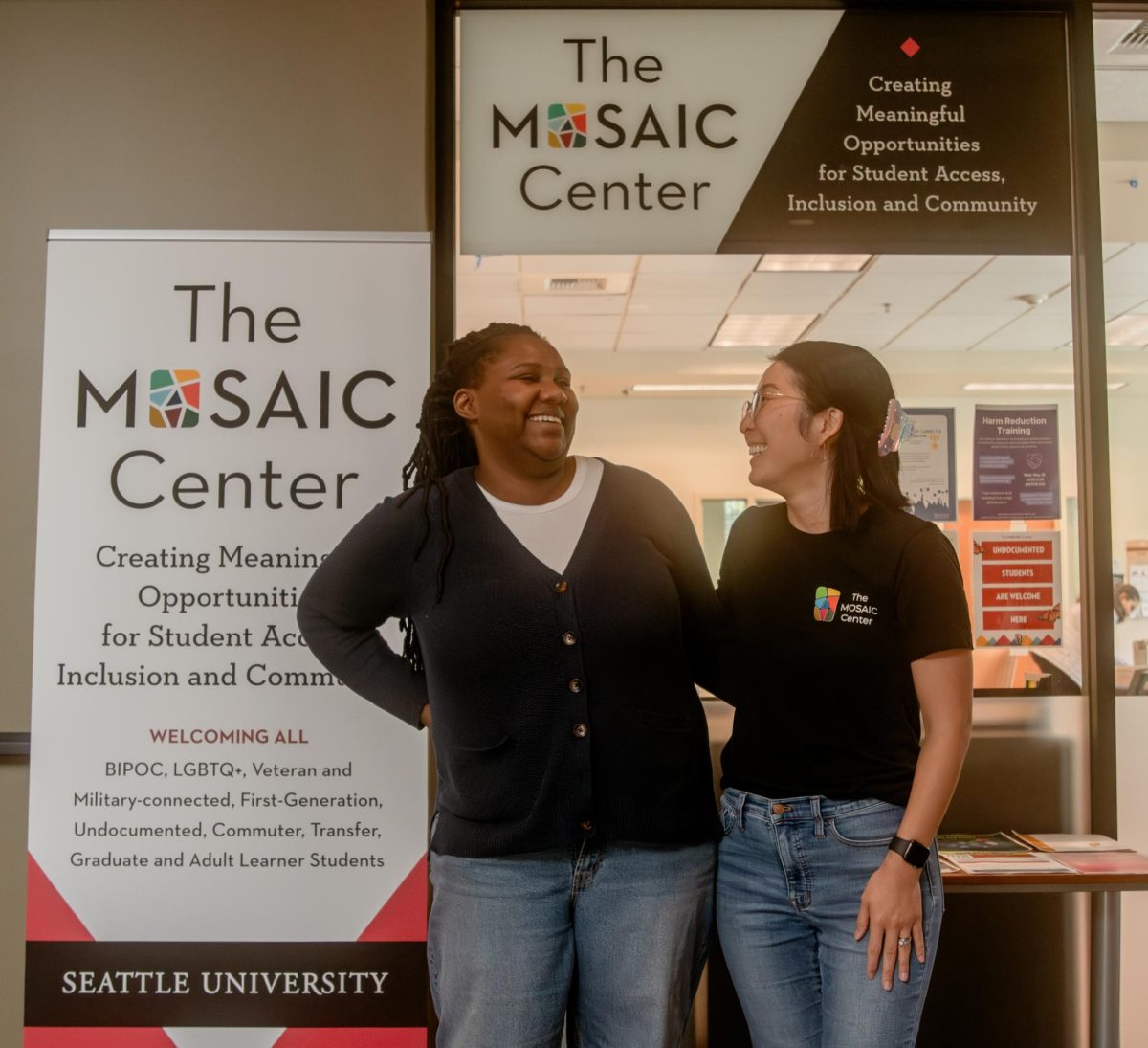
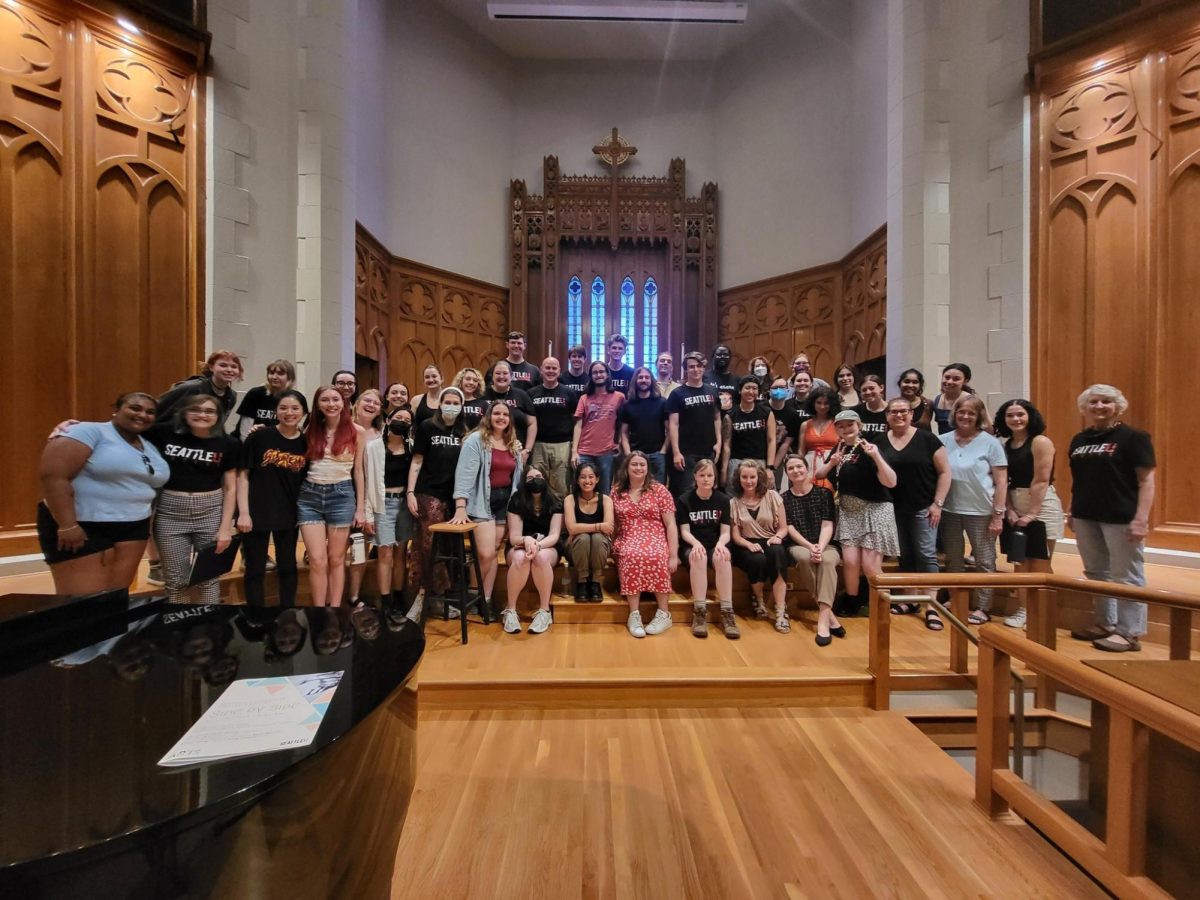
Helene Wood
Oct 20, 2023 at 3:29 pm
What an informative and inspiring article, especially Levis’ story. Another example of how determination and hard work reaches the goal, even against the odds. We’ll done!